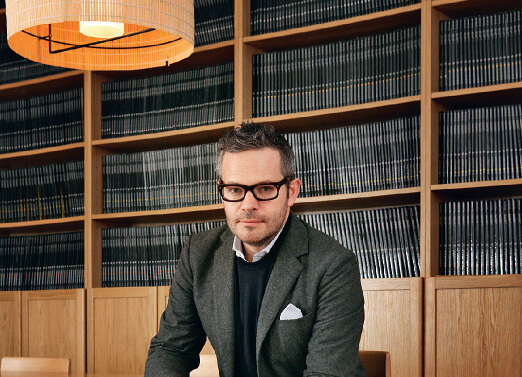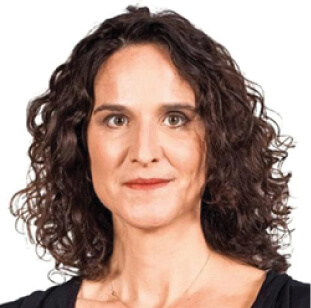Bucking the trend
Everyone loves a trends presentation. It’s a chance to get out of the office for a few hours, immerse yourself in new consumer behaviours, and emerge with a whole new marketing lexicon: Eco-Cycology, Idle Sourcing, Welebrity, Point & Know.
It doesn’t take long for the doubts to sink in, though. As you head back in a cab that has not yet gone cashless to an office that never did go paperless, you can’t help speculating that some of these trends may never actually take off.
A few numbers would help, so you could prioritise the really significant shifts, but the specialist agencies don’t do things that way. Trend-spotters are apt to start sentences with “Consumers will …”, but rarely finish them by specifying when, with what probability and in what multitudes.
So it won’t be lost on you that the most dangerous predictions of all are the ones on everyone’s lips – because they have the greatest power to exaggerate the truth.
For example, everyone will tell you that broadcast TV is a yesterday thing, thanks to the explosion of ‘me-screen’ culture, where people access content on demand, on the personal device of their choice. Yet according to new BARB data, ‘time-shifted viewing’, as the industry calls it, is just 9.4% of all TV viewing – barely higher than ‘90s levels.
So you quietly assign trends to the status of a watching brief, careful not to let your enthusiasm for some sexy new particular take your eye off the boring old general, which just happens to be where the money is.
Who can blame you? A 2008 McKinsey report showed that only 17% of managers who acted on trend predictions felt the effort was worthwhile. But the report also showed that some prevalent trends were ignored, leaving brands vulnerable to those few that really did take off and create havoc for the unwary.
The Kodak trap, in other words. How were they to know that digital imaging would be the trend that bucked the trend, blowing into a full-scale cultural storm that rendered its 124-year-old brand and its technologies about as relevant as whalebone corsets and candle-snuffers?
Well, perhaps there is a way to assess trends – not to know for sure which ones will matter, but to get a better steer for the gulf between fleeting fashion and mainstream future.
It is to evaluate each prediction against the fundamentals of human nature, taking each trend and measuring the extent to which it bends in sympathy with our shared human make-up, or butts up against it.
Now Kodak looks more foreseeable, since digital imaging played to two great human motivations: immediate gratification and laziness. Conversely, ‘me-screen’ domination looks less inevitable, since, for all its attractive immediacy, it rubs up against a human fundamental: our deep-seated impulsion to share enjoyable experiences with others.
So attend those trends presentations and enjoy them; you might miss something if you don’t. The very moment you get back, however, reread, from cover to cover, Donald E Brown’s brief gem, Human Universals – the best guide to our enduring nature that was ever packed into 160 pages.
It will ground you. It will show up those buzzwords for what they are. It will remind you that, in order to see just one year ahead, it helps to look a million years back.
As well as specialist trend agencies, most research and advertising groups will have their own trend analysis to tempt you with. These are some of the best-known names.
The Future Foundation This UK agency uses primary research and existing data to help brands such as Boots, B&Q, Wella and Nokia navigate their future.
Trendwatching.com Describes itself as a “world-leading trend firm” and scans the globe for emerging consumer behaviour via a network of ‘trendspotters’.

Brûle Trend reporter and influencer
Faith Popcorn The ex-advertising creative’s most famous prediction of the past 30 years was that the ‘90s would be a time for ‘cocooning’ – we would all stay at home more, investing time and energy in making our nests wonderful places to be. This was discredited by William A Sherden in The Fortune Sellers: the Big Business of Buying and Selling Prediction. He claimed that increasing revenues for restaurants, cinemas and holidays showed it simply didn’t happen.
Tyler Brûle The creator of Wallpaper* magazine and ‘global briefing’ title Monocle, with a weekly column in the Financial Times, not merely reports trends but also influences them.
